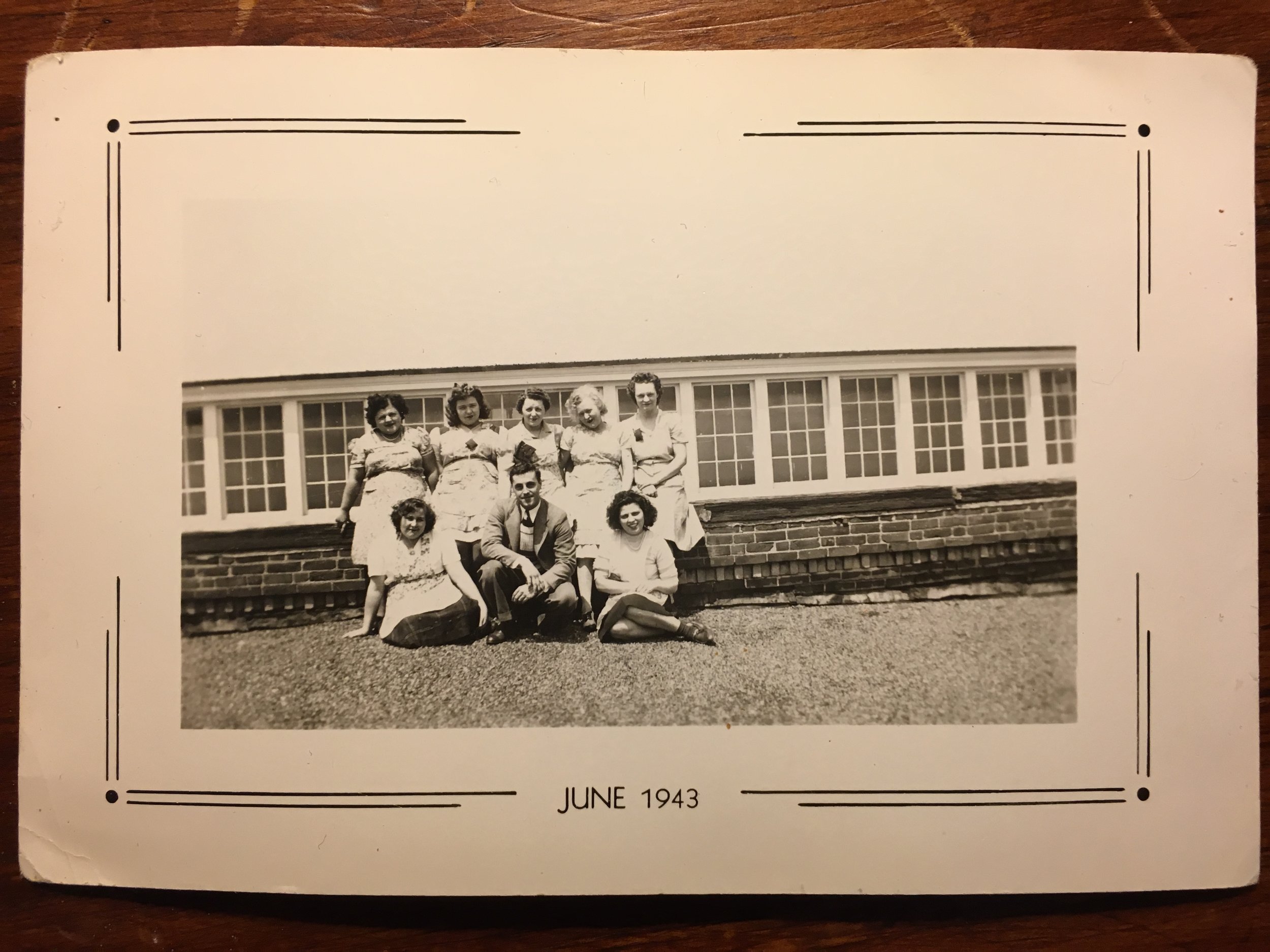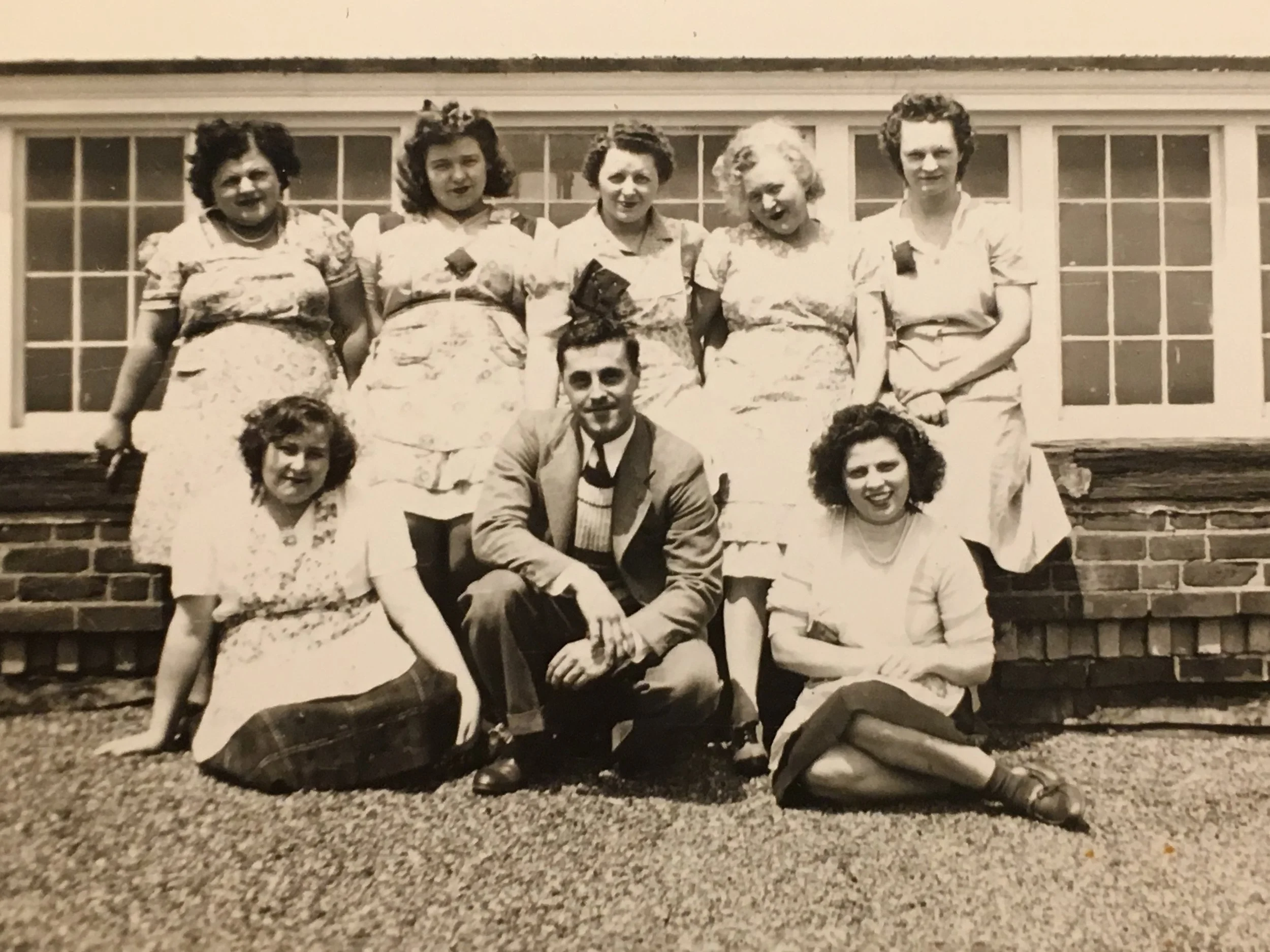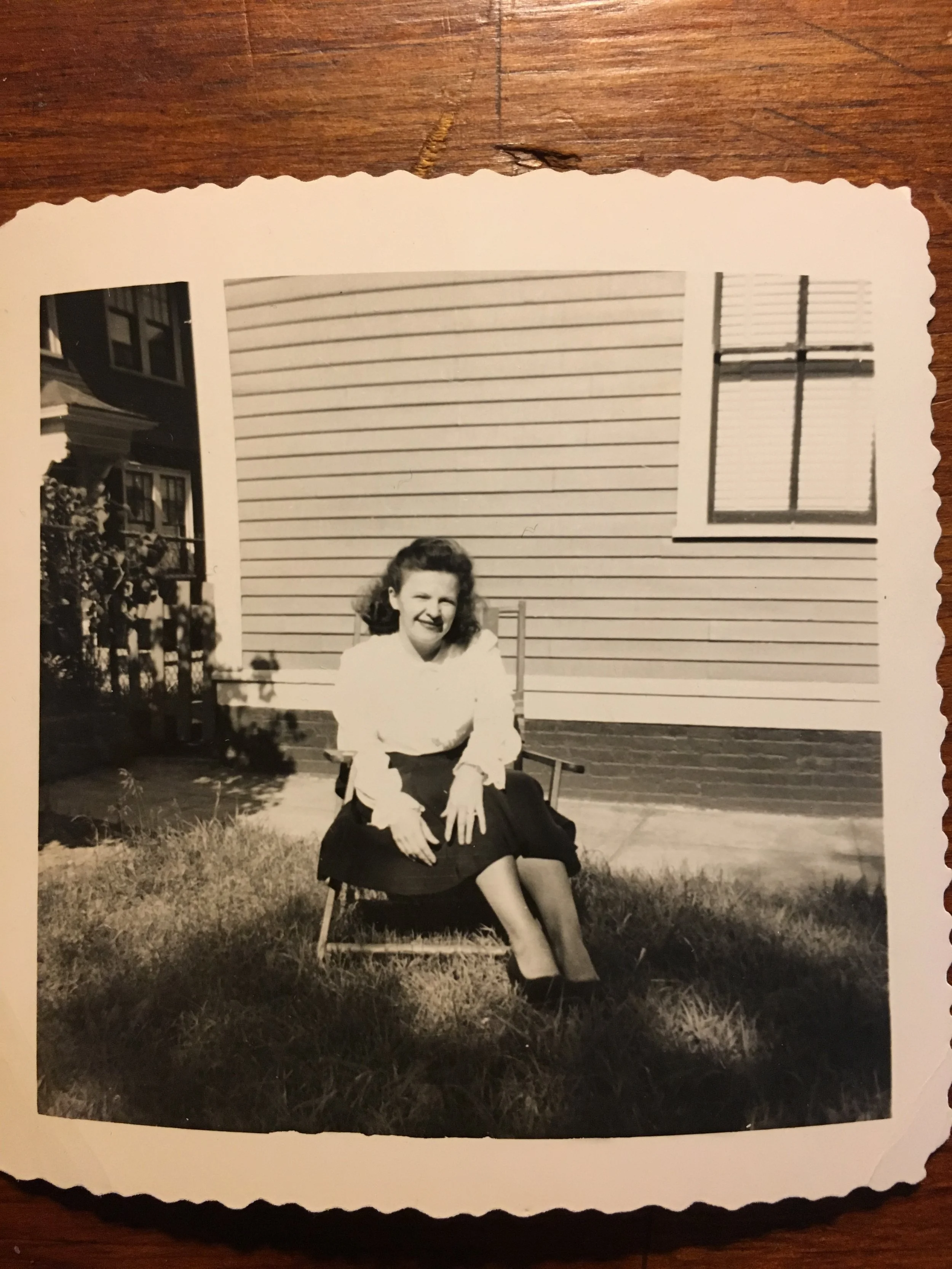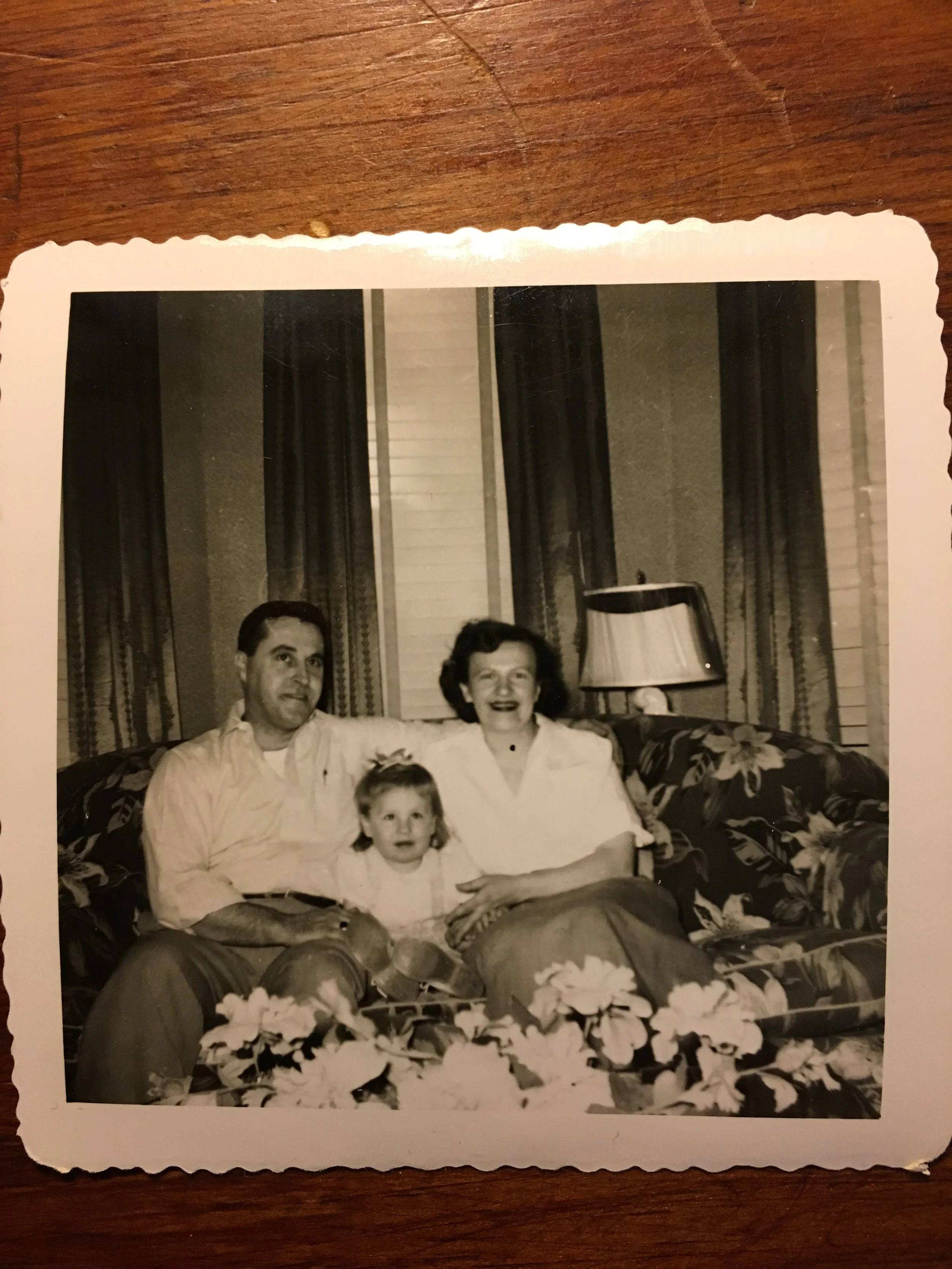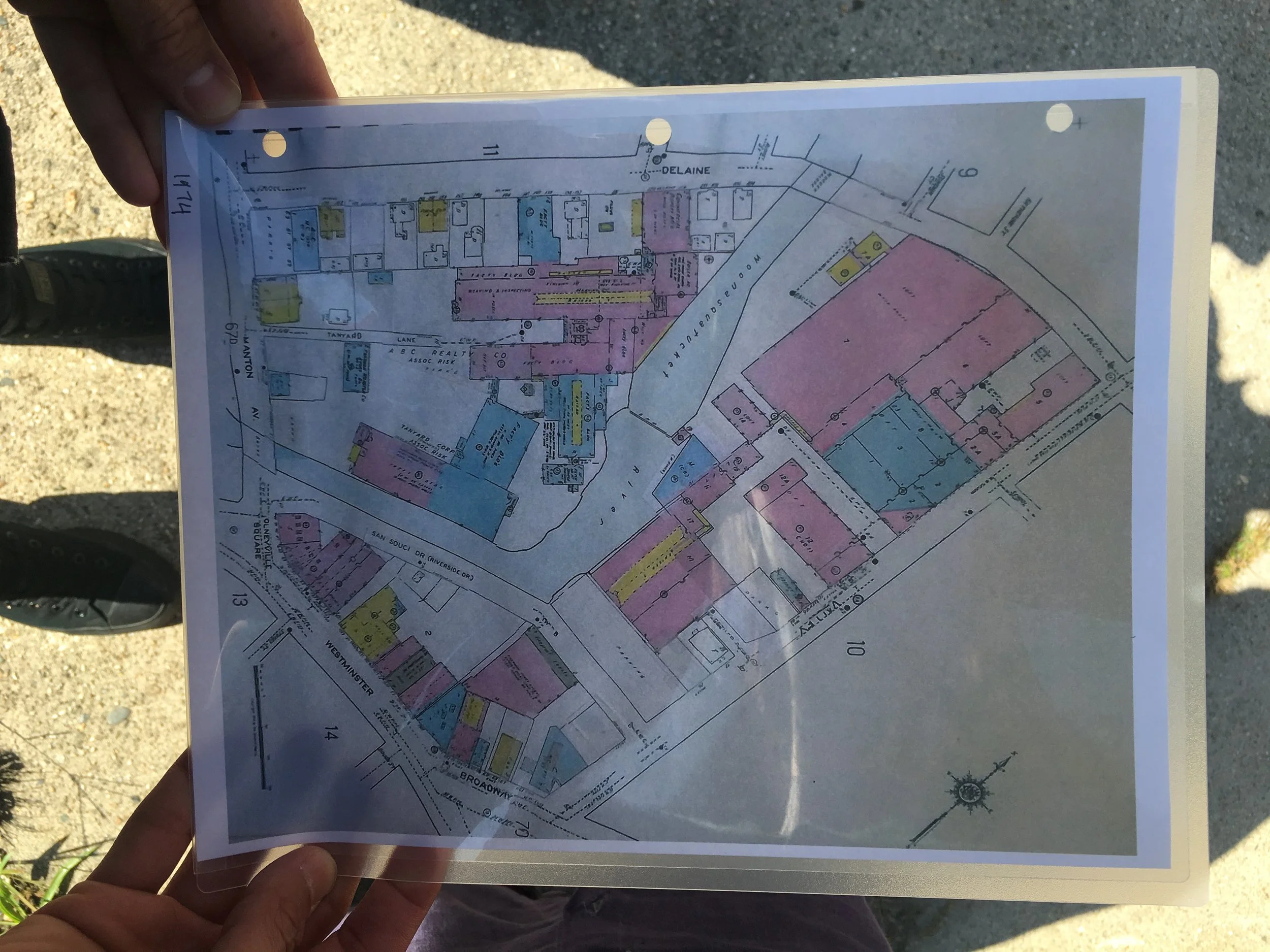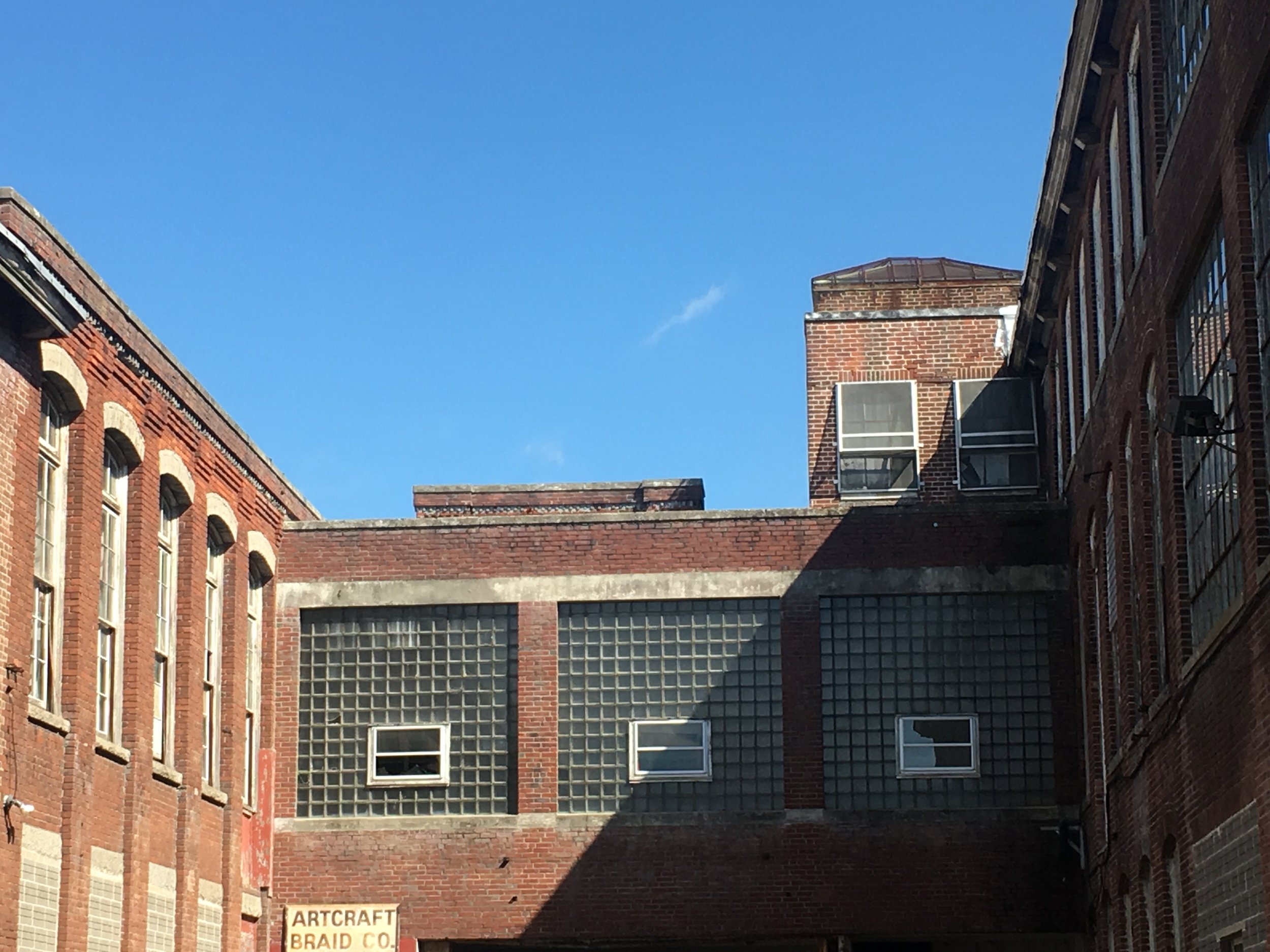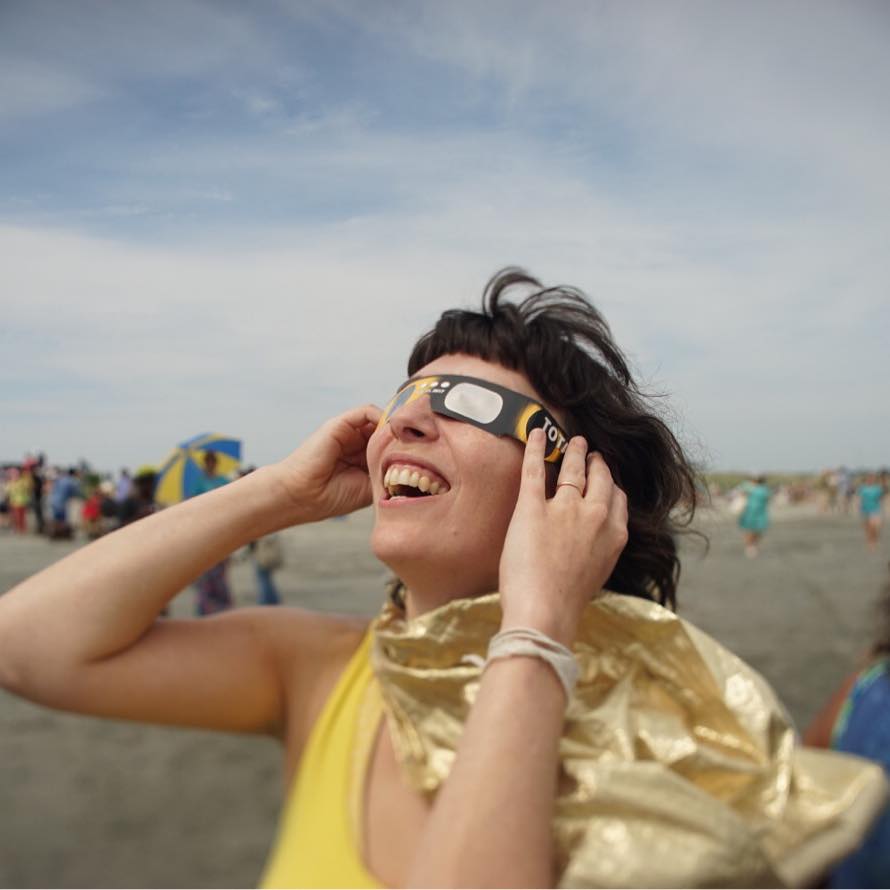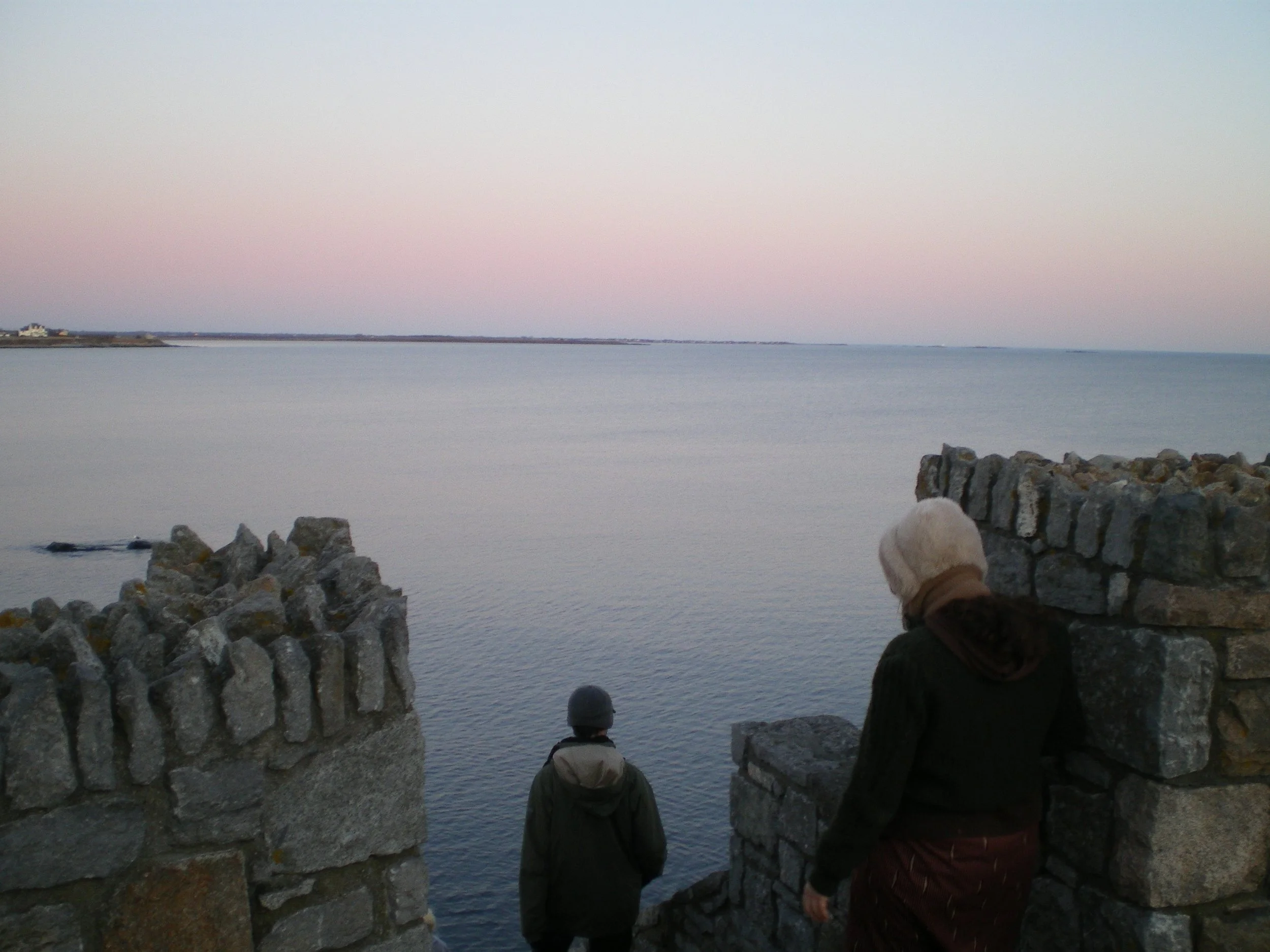One month has passed since the incredible event that was She Died for Our Convenience. There is too much to say about the enormous love that work manifested and too many people to thank to fit into this hastily-written blog post. Instead, I want to tell the story of three women who came into the piece in the last couple weeks.
The first Jed found in an old Providence Journal article. The article from 1909 mentioned a woman who worked in the mill being stabbed in the hand at the gates by her husband who was in a drunken rage. Though the husband was named in the article, her name wasn’t. Jed combed through obituaries until he found it: Agnes McCoomb. Thankfully by 2019, a few hundred people could hear that piece of her story and know that she wasn’t nameless.
The second came to us through a facebook post. Lisa Maloney wrote on the event page a couple weeks before the show: My grandmother worked there when she was young. I remember the stories she told of eating her sandwich while she worked and stuffing it back and forth in her pocket of her apron since she didn’t get a meal break. She joked that she must have ate a lot of fibers. Lisa gave us permission to use her grandmother’s story and told us her name was Angela Faella.
And lastly, just a week before the show, one of the singers told us that her friend Elaine Brousseau’s parents had met working at the mill and we were able to include their story in the piece: Genevieve “Jean” Kloza Brousseau worked here. She was a sewer for 19 years, from 1931 to 1950. She was born in 1915 and quit school when she was 16 in order to help her parents during the Depression. In 1931, her mother paid a woman the large sum of $25 to teach her how to make the specific kind of repairs the sewers at Paragon had to know, which involved repairing defects in the wool. Jean always said it was tedious work, but not unpleasant. She met her husband, Albert Brousseau here. He was a burler and also worked in shipping and receiving. He would deliver large bolts of cloth to the sewing room, and got Jean’s attention by giving her the ones with the easiest repairs. Jean married Albert in 1945, and left work in 1950 to stay home and raise their two children. Albert was one of the last employees at Paragon when the mill closed in 1960. Jean died in 1993 at the age of 78.
The day after we performed, Elaine’s husband Mark sent us these incredible pictures of: the roof at Paragon Worsted in June 1943 with some women who worked there with Elaine's father, Albert Brousseau (close-up and wide shot); Elaine's mother, Genevieve (aka “Jean”) Brousseau (née Kloza) in June 1948 in the back yard of the family's 3-decker on Putnam Street; and Albert and Jean Brousseau, with baby Elaine in the early 1950s.
